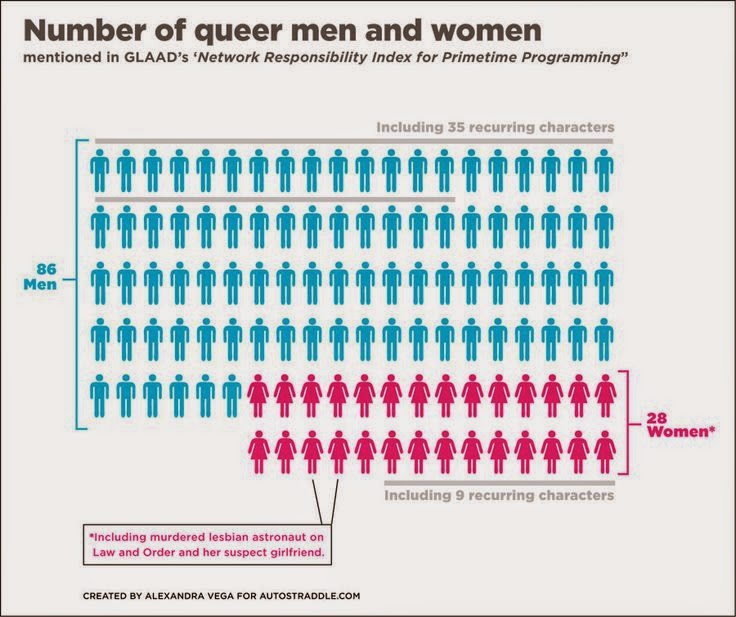Now that our project is basically completed, except for the critical component of background music (curses, Glassnote Music!), it's dawning on me that I must be completing a critical reflection in the nest few days. Though I was initially smitten with the idea of a director's commentary, having been thoroughly impressed by some such as The Talking Dead and the commentaries provided on one of my favorite television shows, House of Cards, after one mangled first attempt I realize that not only is providing an elegant director's commentary beyond the realm of my digital capacities, but also that I have much more to say about our project than the run-length of our two minute project. Thus, I decided, an engaging podcast would serve my needs and abilities much better.
This post will essentially serve as my first stab (or second, if you count my botched director's commentary attempt) at brainstorming responses to the compulsory questions established by Cambridge:
1. How do your products use or challenge conventions and how do they represent social groups or issues?
From the onset, our project tackles issues confronting LGBT characters, a community that is all too often stereotyped, irresponsibly or unilaterally displayed or altogether neglected by the media. As I discussed in a post while I was still researching the seed that would eventually blossom into Alma's Angel, I found that gay men have six times the media representation as lesbians and 18 times the representation of bisexual characters. (To make matters worse, gay men themselves represent only 3.6% of all media portrayals). In our production, not only do we document just how the scourge of bullying drives LGBT youth to sometimes suicidal measures, but we humanize and flesh out characters so that they attain a dimensionality beyond their sexual orientation of lesbianism and bisexuality. Also, as a Latina myself, I am continuously irked that though we are the fastest growing ethnicity in the United States, Hispanic characters comprise only three percent of appearances on television, and often as the sidekick or the confused, doofusy foreigner, or for women, the sexual firecracker. Alma Rodriguez, the instigator of the events in our film, is Hispanic, and she is certainly not maligned as a sideline character.
2. How do the elements of your production work together to create a sense of ‘branding’?
We extensively researched our target demographics within the film and incorporated elements that will help brand the production to our viewers. For one thing, our production centers around a very familiar realm in the lives of the 15-28 year olds in our audience: high school. This is a domain and setting that taps into the collective conscience of this particular audience. Our inclusion of music such as Daughter's "Medicine" also taps into our core demographic as an indie band that would appeal to this audience. Our A-level project, which we will start in the course of the next week, will also brand the film to our audience in a way that incorporates social media, an attractive web presence and website, and dramatic trailers that establish the mood of the film.
3. How do your products engage with the audience and how would they be distributed as real media
products?
Our product serves as a rallying cry for our audience to be sympathetic and supportive to the LGBT community. Rather than merely being a piece that would be viewed by an individual and quickly discarded from memory, we hope to evoke a form of advocacy that will enable viewers to share their experience in online forums and platforms, and donate to a real Alma's Angel foundation (much like Breaking Bad's "Save Walter White" page raised real-life money for cancer research). Plus, media such as cast interviews and photographs will be distributed exclusively online, allowing audience members to engage with our product even after seeing our film in theaters.4. How did you integrate technologies – software, hardware and online – in this project?As I mentioned before, our film would be showcased in theaters and later distributed through Netflix, Amazon Prime, etc., but it will feature exclusive web content that will enable audiences to engage along a spectrum of converged media, available digitally on computers and mobile phones alike. Online content, including cast interviews, background information about the movie, and a real-life Alma's Angel movement, will be featured on a website and across Social Media such as Twitter, Facebook, Instagram, and even Snapchat to allow our viewers greater access to our product.









